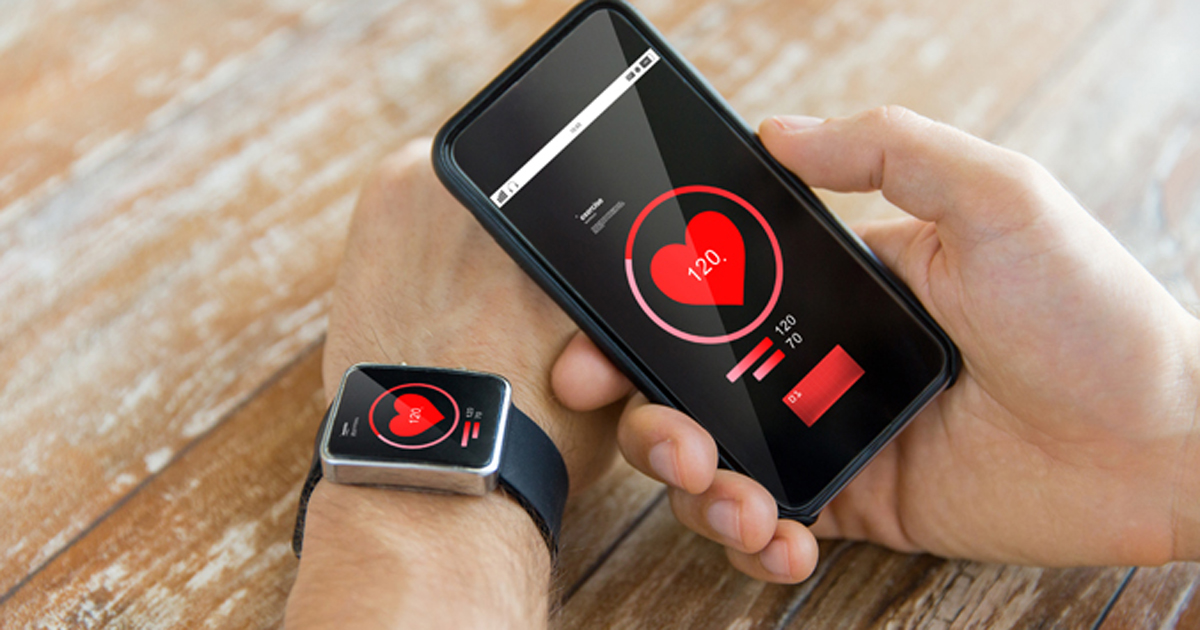Apple Watch app generates similar results to standard ECG
The Apple Watch series 4 and 5 can record an electrocardiogram using an app and obtain results similar to those of a standard ECG, according to a research report published in the Annals of Internal Medicine.
“Now you can obtain an ECG with broad diagnosis possibilities anytime and anywhere,” Miguel Ángel Cobos Gil, MD, PhD, a cardiologist at the Instituto Cardiovascular in the Hospital Clinico San Carlos in Madrid, told Healio Primary Care.
“It’s easy — any person with an Apple Watch is able to record a quasi-standard ECG using our method,” he continued. “You can record your own ECG ... or record the ECG of another person.”
To record an ECG on an Apple Watch, users open an ECG app and use their finger to touch the digital crown — a button on the side of the device. The device then records 30 seconds of a single-channel ECG, which is similar to a lead I ECG, according to the report.

Once recorded, an app on the iPhone connected to the user’s Apple Watch does a rhythm analysis and classifies the recordings as a sinus rhythm, bradycardia, tachycardia, atrial fibrillation or inconclusive.
Previously, the app was only used to record one lead, which differs from standard ECGs that obtain 12 leads.
To determine if the device could record a multilead, quasi-standard ECG, Cobos Gil compared results between Apple Watch ECGs and standard ECGs for standard limb leads II and III, and precordial leads.
To record leads II and III, the device was moved to the ankle or a place on the leg. Because the standard V1 to V6 precordial leads require three limb electrodes to record and were therefore not feasible on the Apple Watch, Cobos Gil used CR1 to CR6 — which are similar to V1 to V6 — to compare results from precordial leads. These were recorded by placing an electrode on the right arm and placing the back of the Apple Watch on the chest.
Cobos Gil compared recordings from both methods in a healthy adult (himself), an individual with non-ST-segment elevation myocardial infarction and a person with ST-segment elevation myocardial infarction.
He found that the results for leads I, II and III were identical between Apple Watch and standard ECGs. The results were similar between leads V1 to V6 and CR1 to CR6 but not identical.
In the report, Cobos Gil noted that the results should be interpreted with caution, as further clinical studies are needed to evaluate the role these devices could play in diagnoses and follow up.
“[Not far] in the future, the Apple Watch and other smart wearables will be linked to artificial intelligence systems able to make an accurate diagnosis of multiple emergencies,” he told Healio Primary Care.
Apple Heart Study
The Apple Watch has previously shown promise in identifying and clinically evaluating cardiac conditions.
Results from the Apple Heart Study, published earlier this month, demonstrated that the device can monitor changes in blood flow activity that could point to an irregular heartbeat.
Researchers found that 0.52% of the 419,297 participants received an irregular pulse notification on their device, and of 450 who later wore ECG patches, about 35% had atrial fibrillation. – by Erin Michael
Reference:
Cobos Gil MA, et al. Ann Intern Med. 2019;doi:10.7326/M19-2018.
Perez MV, et al. N Engl J Med. 2019;doi:10.1056/NEJMoa1901183.
Disclosure: Cobos Gil reports no relevant financial disclosures.

